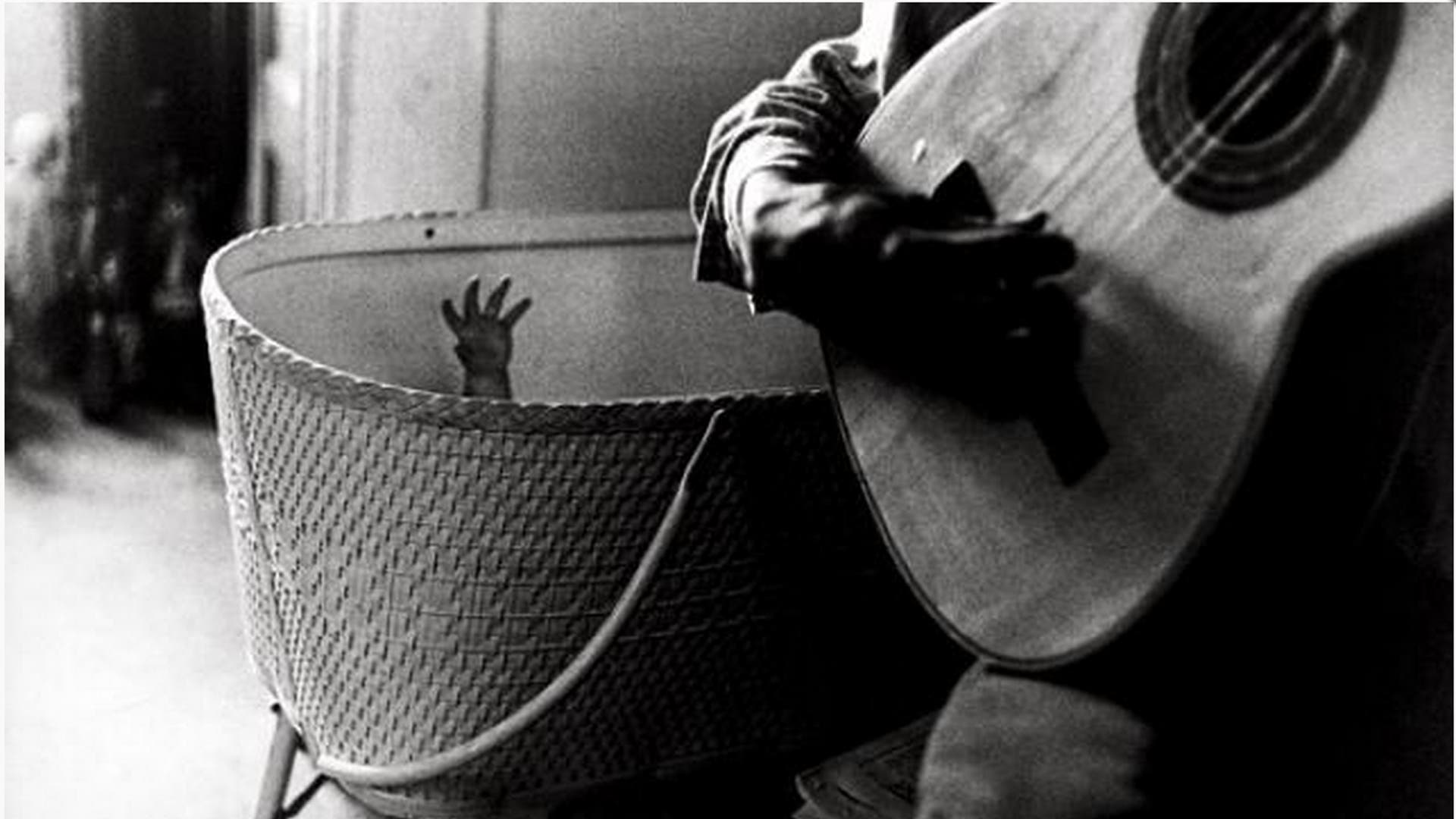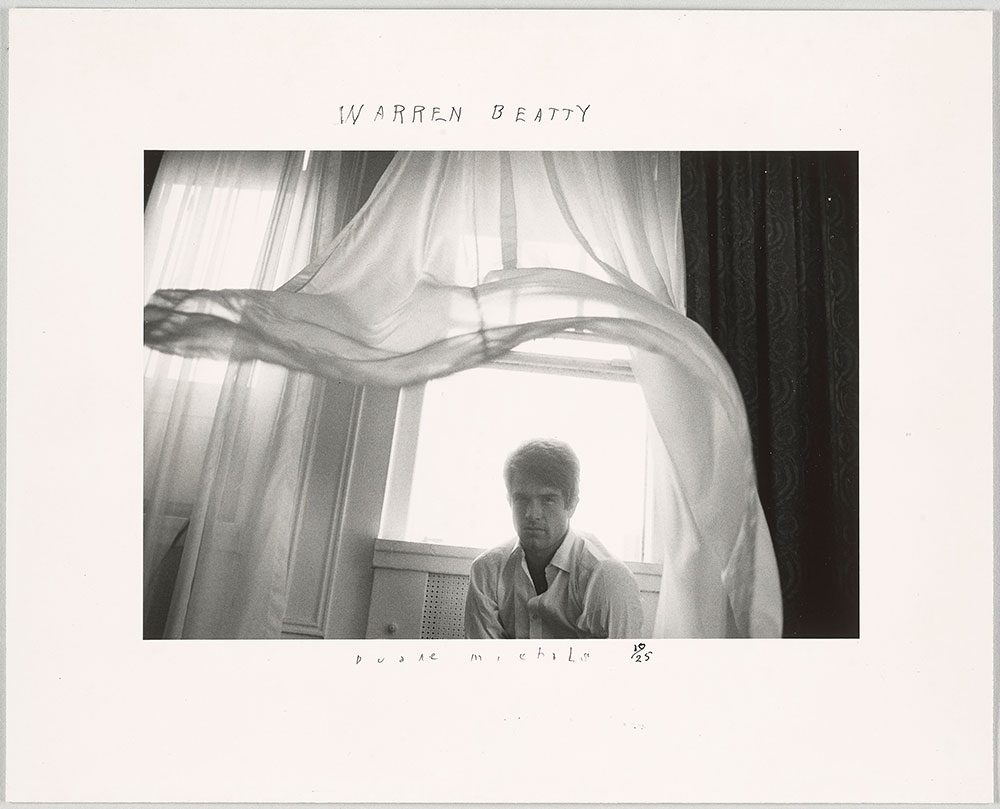“Beautifying is one classic operation of the camera, and it tends to bleach out a moral response to what is shown.” (P64) I chose this sentence because while she goes on to talk about active response in terms of shock value, I originally interpreted this sentence to mean pictures of people and how they react to seeing an image of themselves. It got me thinking about how people expect a camera to magically make things look good, even if the origin of the photo isn’t beautiful. There is an unspoken expectation from the subject of the photograph that the things the don’t like simply won’t show up in the picture, but that’s not the reality of photography. Photography captures the raw truth of a moment, whether it’s beautiful or not.
“I argued that while an event known through photographs
certainly becomes more real than it would have been had one never seen the photographs,
after repeated exposure it also becomes less real.” (P82) I found this quote to
be very impactful. I was inspired by the way she eloquently expressed how I feel about the matter as well. I know she was responding to this belief because it was one she had years before, but I think that it is an appropriate belief for the question of whether exposure of an image determines value of an image. It loses its initial reaction after you've seen it enough times.
"That news about war is now disseminated worldwide does not mean mat the capacity to mink about the suffering of people far away is significantly larger." (P90) This is why I believe that images of cruelty should not be censored. Not everyone is exposed to the cruel environments that people in other countries live in. Just because news spreads faster and farther now, doesn't mean that we are getting the news of the troubles of other countries. This form of media hides and monitors things that could potentially scare away viewers rather than just showing what's going on in the world. I think that every person should have an opportunity to understand what its like to live as a person that is less fortunate than them, and this can be done through photos. A person can be exposed to the harsh realities that unfortunately do exist.
3. Answer
each of the following questions:
- What is this obsession and fascination with
the depiction of crime, pain and horrors,
bordering on voyeurism?
Are we becoming immune to shock or at least being
desensitized
over time? Do people want to look at horror or even get pleasure out of it?
I think it stems from a concept that Sontag mentioned about
how these types of photos invite a person in, it gives them the option to
either be a spectator or a coward. And over time we become desensitized because
we detach ourselves from what is going on in these depictions. People want the possible
satisfaction of knowing. (p73)
- Has our society
become anesthetized by and is apathetic to the horror depicted on a
daily basis on
TV and in the social media?
Yes.
- Does our incapacity to deal with distant events of horror leave us
indifferent when we are not
directly affected by them?
Yes.
- Why do people post images of cruelty
online for the whole world to see and think they
can get away with it? For example, in
2013, two high school football stars from Ohio posted
a video on YouTube of the rape of a
drugged and unconscious girl. When the crime
came to light, it split the town in half
between people defending the players and others
who wanted them to be prosecuted. There
is a screenshot in the picture section below.
Sontag quoted Shakespeare in saying
that the reason that people were attracted to the villainy on stage during his
plays was the “love of mischief,” or as Sontag interpreted it, “love of
cruelty.” She said it is as natural to human beings as sympathy. (p77) I think
that a part of the boys didn’t see that there was something wrong with their
actions (and therefore did not think that there was any reason for them to be
punished) and since they enjoyed doing it, they thought people would enjoy
watching them do it.
- American soldiers photographed the
torture and humiliation of Iraqi prisoners at the infamous
Abu Ghraib prison, and then passed the
images amongst themselves. These pictures seemed
to the soldiers nothing more than boys
and girls having fun, or as the radio personality Rush
Limbaugh said: “You
know, these people [the US soldiers] are being fired at every day. I’m
talking about
people having a good time. You ever heard of emotional release?” What do
these images
say about empathy, power and humanity? Look
at the images of Abu Ghraib.
These images show that it is possible to operate without a
sense of empathy. These soldiers tortured people without wondering if there was even
an inkling of decency in the prisoners. These war prisoners were tortured because
some soldiers didn’t care about other people’s lives. They held power over
them. They caused other people pain in order to show off their power. I think
that the soldiers were so far beyond desensitized that they had lost their
sense of humanity.
- What is the
role and responsibility of the photographer in taking and disseminating
images of war
and cruelty? Do they need to censor how and what they photograph?
Look at the
images by Robert Capa, Eddie Adams, Nick
Ut, Susan Meiselas, Richard
Drew, Ron Haviv, Kevin Carter, Alan
Kurdi, James Nachtwey.
I think that photographers should not censor what or how
they photograph. I think that there is no way to fix a problem that you don’t
know exists. It may be harsh but those types of photographs educate people from
areas that don’t have the same problems that these issues exist and need
attention too. I think that the role and responsibility of the photographer is
to take the pictures of war and cruelty, not to appease an audience, but to
educate an audience.
- The great photo journalist Sebastião
Salgado has often been accused of producing
“spectacular,
beautifully composed pictures” of misery that were aesthetically too pleasing
to
give the
subject matter its full weight. Does somebody like him need to forgo his
style and
create
conventional looking photographs? Look
at the Salgado images.
I think that he can have his style and continue with it
because that is how some people handle viewing misery, they aren’t bold enough to
take on viewing pictures like Kevin Carter and Alan Kurdi took. His glamorized
versions of misery still portray misery. I think that since this is his
signature style, the viewer knows to expect the image to not be carrying the
full weight of the issue portrayed.














